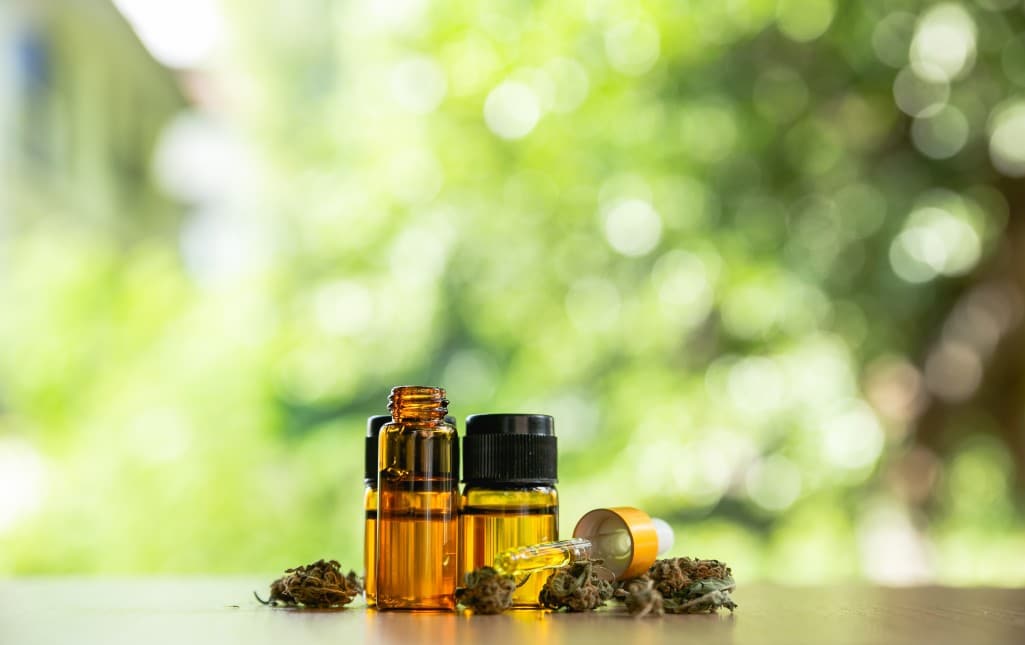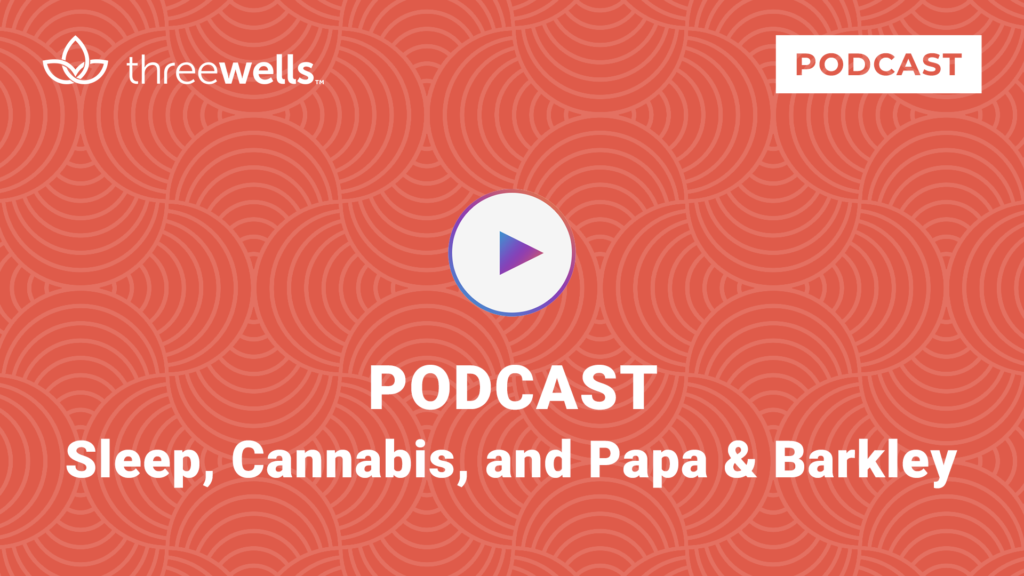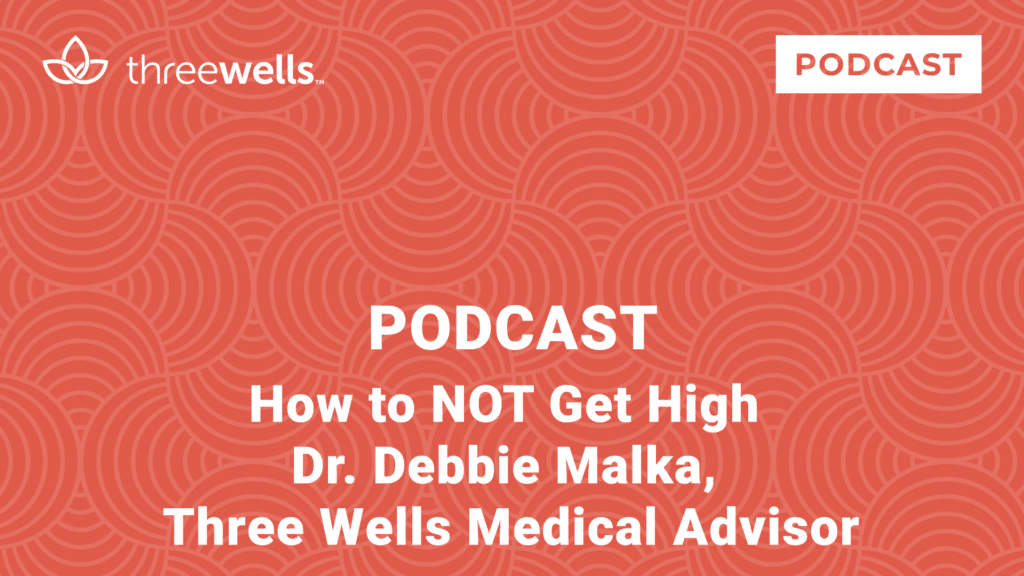One of the first questions people ask: do they have to smoke cannabis (marijuana)? The answer is no. While the main components in the plant must be heated to be activated, in most applications, there are several different ways to consume it.
Inhalation V.1 – Smoke Gets In My Eyes
Smoking cannabis is the classic way to consume the plant. And some recent studies seem to indicate the health risks associated with smoking marijuana are less of a concern than had previously been believed. According to Journal of the American Medical Association, cannabis does not impair lung function in doses inhaled by the majority of users1. Other studies indicate smoking marijuana has no link to lung cancer at all and possibly has a “protective effect”2. Nevertheless, smoke is still irritating to the throat and lungs, which can cause bronchial inflammation and a cough. To smoke cannabis, the dried flowering tips and buds are rolled in joints (like rolled cigarettes) or blunts (hollowed out cigars). Pipes or water-filled pipes (bongs) can also be used. Concentrated cannabis like kief, hash, wax, and oil can also be smoked. The reason why smoking is so popular is that the flower (bud) gives you the whole chemical content of the plant and there is usually a wider selection to choose from. It is also fast acting, which can affect acute conditions in less than 10 minutes.
Inhalation V.2 – Ditch Paper, Go For Vapor
Vaporizers (aka vapes) are devices that heat cannabis to 180 – 200° C (356° – 392° F) in order to release cannabinoids as a vapor with no smoke. Ideally, this means it contains no particulate matter or tar, and has significantly lower concentrations of noxious gases such as carbon monoxide. But this entirely depends on the particular vaporizer that you use, so be sure look up the test results of the vaporizer before purchasing one. Another factor to consider is the efficiency of the extraction and delivery of the cannabinoids by the device. Some vaporizers with poor efficiency may require more cannabis (up to twice as much) to be effective. There are a variety of vaporizer designs available, including portable hand-held models shaped like a pen. Vaporizing, like smoking, gives immediate effects but the small pen vaporizers are usually filled with concentrates that don’t retain the full complement of the plant’s components, like terpenes. Using a larger vaporizer will overcome that issue.
Sublingual – On The Tip Of (Or Under) Your Tongue
Another method of delivery is tincture, where extracts of cannabis are infused into organic solvents (alcohol or glycerin) and retain all the cannabinoids. The tincture is taken in measured doses under the tongue (sublingually) using a dropper bottle or a mouth spray (via an atomizer bottle). Tincture can also be mixed with water and swallowed. Mints and lollipops are other delivery methods, similar in nature to tinctures. Because it is absorbed through the mouth, rather than digestion like edibles (see Ingestion), it is a more rapid and precise approach. It can be used for chronic conditions at a 2-3 times/day schedule.
Ingestion – You Are What You Eat
Eating cannabis usually leads to a longer, stronger and greater physical effect. The digestion of the plant results in a slower release of cannabinoids, which may be a better choice for chronic conditions that require higher doses. There are various forms and ways to make “edibles.” Cannabis can be cooked directly into the food or made into butter or oil that is then added in with the other ingredients. Often they are baked goods like cookies or brownies. Cannabis can also be packaged into capsules, which allows for more exact dosing. Keep in mind that edibles require higher amounts of cannabis to be effective. As much as three times the amount of marijuana is required for ingestion as compared to smoking, but it usually lasts 3x as long.
Topical – Sticking To The Surface
Cannabis in forms such as creams, rubs, and lotions can be applied topically for local symptoms like muscle spasms, inflammation or pain. In fact, skin disorders or peripheral pain (arms, legs, hands, feet, etc.) do well with topical cannabis. Typically these are made with cannabis extract infused into alcohol, oil or petroleum jelly. Cannabis alcohol rubs are ideal for arthritic joint pain and sore muscles. Salves, balms, and lotions may be used anywhere you would use a first-aid ointment. In particular, eczema, psoriasis and skin infections respond well to cannabis salves. It can also relieve migraine headaches by rubbing onto the temples. Using cannabis topically on the skin does not affect central receptors, so there is a psychoactive effect. The solvents in the topical are key to the effectiveness of the cannabis being absorbed through the layers of the skin. For skin conditions, you want to use an ointment or salve (some are made with beeswax or cocoa butter). For muscle, joint or nerve issues, solvents such as DMSO, emu oil, coconut oil or alcohol will help the medicine get through the skin.




